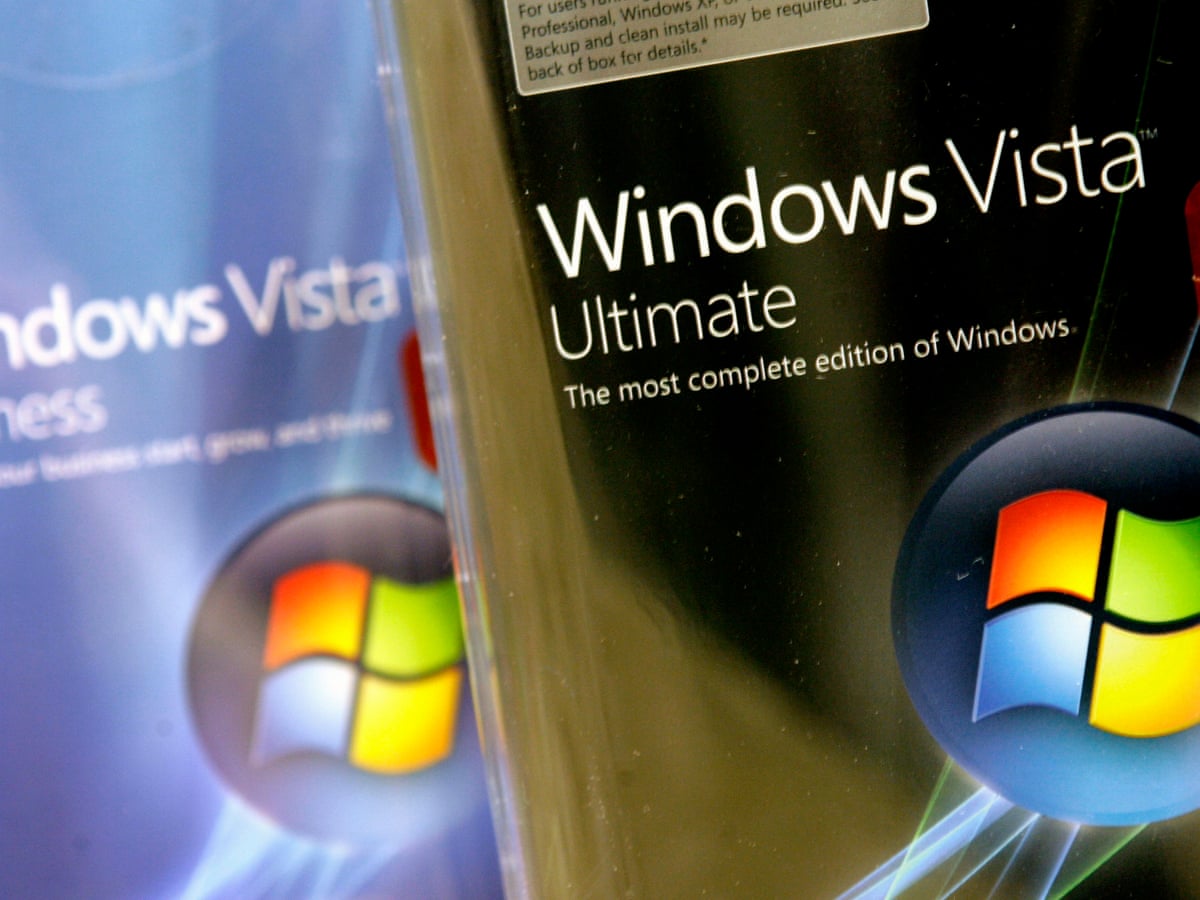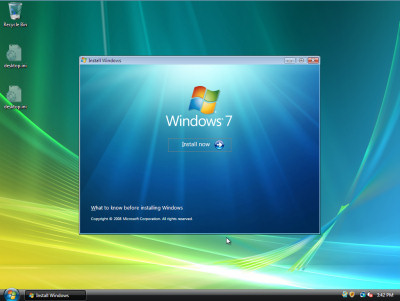Upgrade Windows Xp To Vista
Before you upgrade to Windows Vista, take advantage of the online compatibility adviser from Microsoft. This requires an Internet connection and a download of an ActiveX agent onto your Windows XP. Besides, any issues that exist in Windows XP and survive after upgrading to Vista, or emerge when upgrading from Windows XP to Windows Vista, will also been ported to Windows 7. As a result, end-user should take some time to prepare Windows XP for the ultimate upgrade process to Windows 7, via Windows Vista detour. Upgrading from Windows XP or Windows Vista can be tough. Remember, they’re very old operating systems. So, instead of trying to upgrade in place, we highly recommend you first backup all of your data - and then install your new operating system. That way you'll get a fresh start, and you can take all of your apps, settings and files with you.
The actual setup routine that Windows Vista employs is quite different from those of previous versions of Windows. It’s faster, more modular, it makes updating the OS during the installation particularly easy, and it’s completely and utterly free of any DOS elements at all.
No matter which version of Windows Vista you chose to purchase, you received the same DVD-ROM as everyone else did. In other words, even if you bought Home Basic, your DVD is interchangeable with the guy next door who sprung for Ultimate. The key is the key: Vista’s license key, the long alphanumeric string you have to enter before the OS will install, determines which version gets dropped onto your system.
That makes upgrading from one Vista to a higher-end SKU much easier. You don’t have to go to the store or to Amazon and buy a new disc; you can upgrade online, pay the difference, and leap from Home to Ultimate without much hassle.
Free Upgrade From Windows Xp To Vista



Vista Setup Architecture: Image-Based Upgrade
When you perform the Windows Vista installation, the routine looks similar to that of XP (although you’re given fewer choices during setup). In fact, behind the scenes, the process is quite different. Windows Vista doesn’t sling and expand individual files. The DVD contains a bootable image of Windows Vista that it replicates on your computer’s hard drive.
Vista Setup scans your XP installation, and then makes copies of all relevant information. Unlike the XP upgrade process, it doesn’t merge your XP installation with the Vista installation. After all of the relevant information (including applications) is copied over, then your actual XP installation is removed. In effect, you get the best of both worlds—upgrading your system, so your old apps and data come over, and a (relatively) clean Vista install. No more DLL hell. After the image is in place, the Vista setup routine checks out your system and configures itself accordingly.
Not only should an in-place upgrade go smoothly (barring any unexpected incompatibilities), but future upgrades to higher Windows Vista SKUs (going from, say, Home Basic to Home Premium), later versions of Windows Vista (think: service packs), and even releases of post-Vista Windows operating systems, are likely to be incredibly easy.
For this improvement, you can thank the Microsoft “Setup” team, and a little concept called component manifests. Component manifests are scripts, written in XML, that describe how Windows setup routines should migrate data during an upgrade. Traditionally, the entire setup procedure was on the shoulders of the Setup team, and as features were added to and removed from Windows, the team had to adjust the setup routine—all the while preserving its>Windows Vista is componentized right down to its installation system, and programming teams in charge of various Windows components can all write their own XML manifests to handle migration of data that appears in their own components. The componentized upgrader can even include calls to code if necessary to handle more-complex migration tasks that cannot simply be scripted.
All this means Windows Vista Setup should have an easier time with data migration than Windows XP had when a user upgraded from Windows 9x or Me. In the future, any component of Windows Vista should be easily upgradeable, with reliable data migration. Continued…
How To Upgrade Windows Xp To Vista For Free
- 3 of 7
